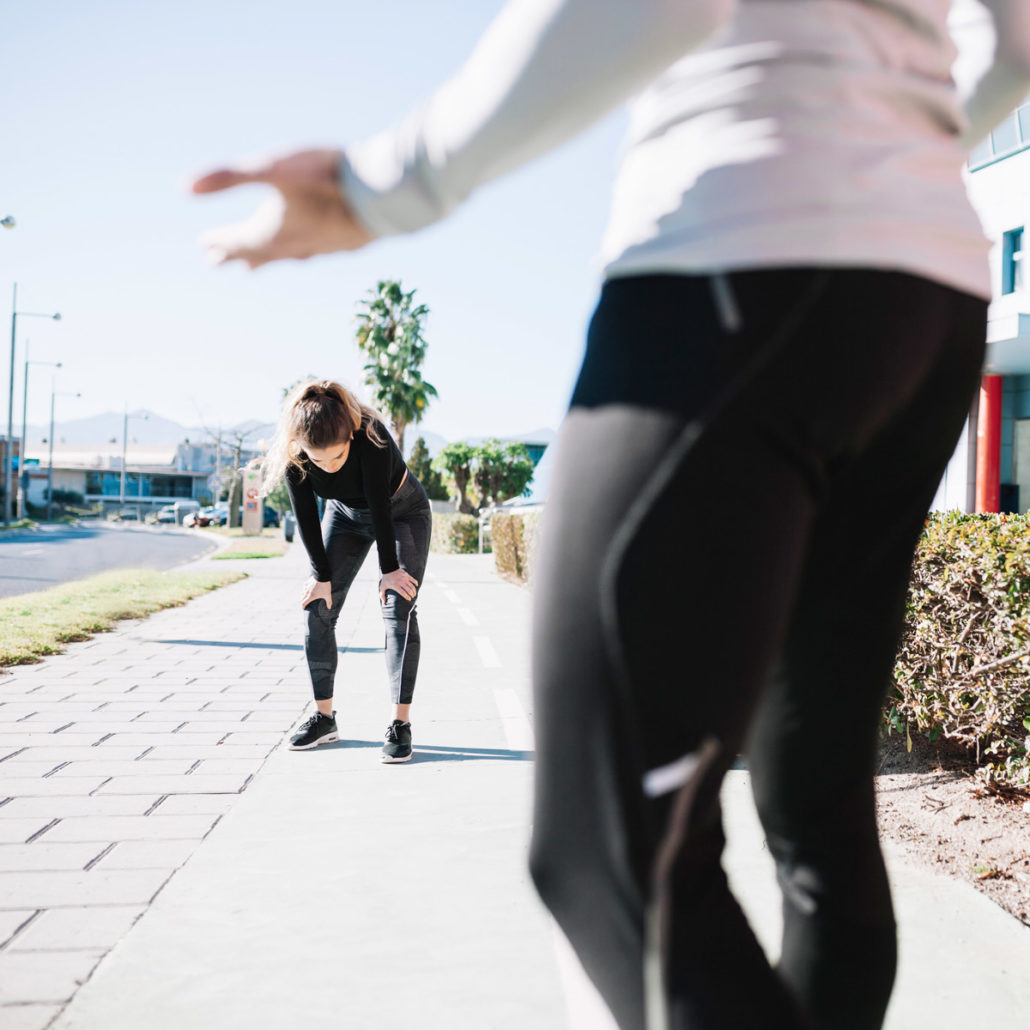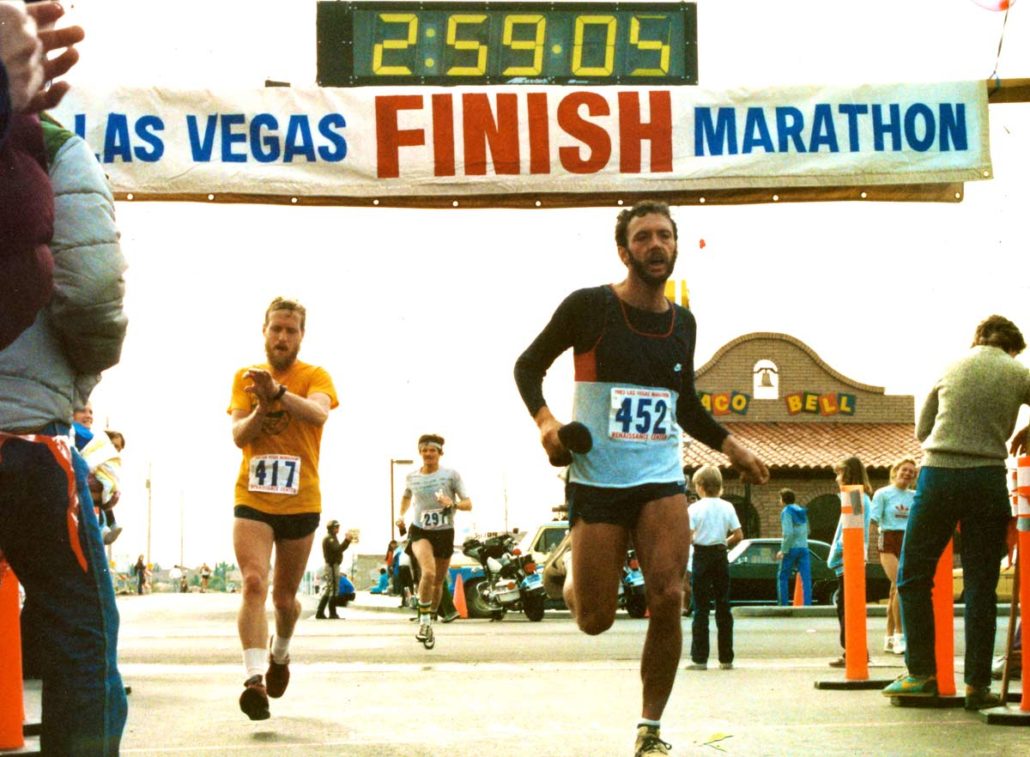Training, Overtraining, and Fighting Injury

First off, since I have written a couple books for VeloPress, I am fortunate to get their new titles when I see one that interests me. What a great deal, right!? The only problem is, I rarely have time to read everything that I either receive or purchase. Great intentions, but then I usually just fall asleep. For some reason, toddlers will do that to you…
However, I have been getting through Sage Rountree’s book The Athlete’s Guide to Recovery and found a great little chart to answer guide those always asking the question: How do you know when you are sore or injured? So, here is a constructed verion of Table 5.1 on page 49 of the book:
| Normal Soreness | Warning Sign |
|---|---|
| On one side of the body | On one side of the body |
| Felt in the center of the muscle | Felt toward a joint |
| Appears after a change in workout intensity, duration, or modality | Appears daily |
| Improves after warm up | Worsens during a workout |
| Improves daily | Worsens or remains daily |
| Doesn’t affect your form | Affects your form |
| Generalized | Localized |
When you are training hard, you are bound to develop soreness as you take your body past it’s comfort zone. I think this chart is a good way to keep an eye on yourself and whether you are training hard, or beginning to cross that line into becoming injured. The trick is, to be honest with yourself and if something is a pinpoint injury in your shin (which is a high liklihood of a stress fracture) don’t try to lie to yourself and say it’s probabably tendonitis! Trust me I know we do it, and I have done it tons of times. It just never ends up working in our favor. More times than not, we just make the recovery time longer by delaying the right treatment.
Now, on the other hand, some of us are just searching for reasons to take a day off. This chart may take away some of those reasons 🙂 For those of you who I have coached or answered questions regarding this topic, know that I don’t just tell a person to take a day off. Time off won’t matter if we don’t fix the problem. If we can figure out the problem while backing down our training, we can back off from the warning signs, but still be running. This will allow for a much fuller recovery, rather than just waiting for time to catch back up to us after a few days off.
So, when something is rearing it’s injury prone head, remember this chart and use it to guide what you do next. Thanks for reading this and look forward to some later blog posts and maybe even a podcast, or something crazy like that!
Good Running,
-Luke




